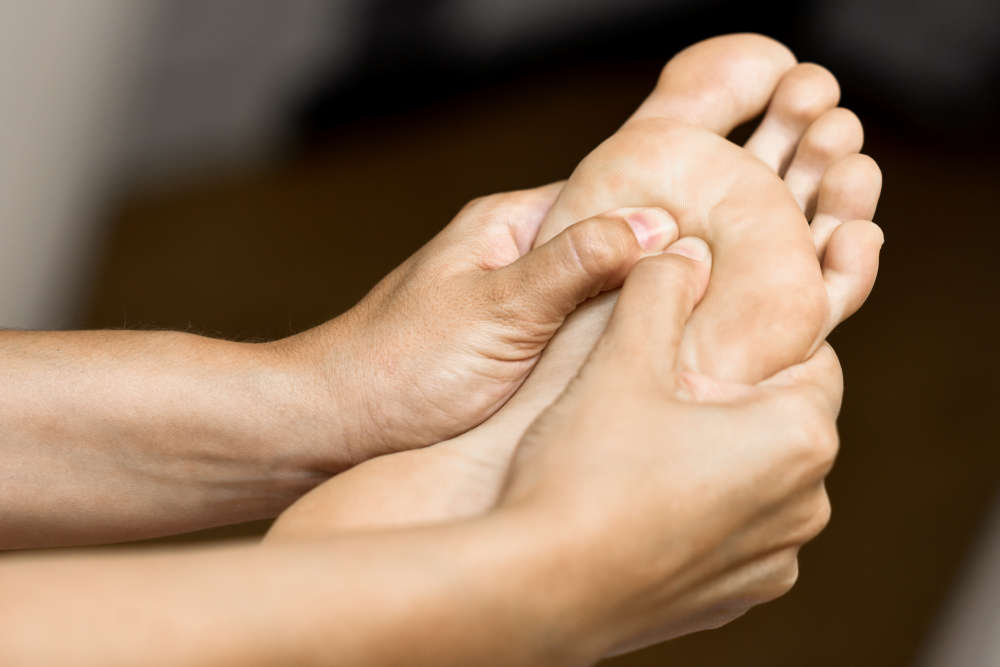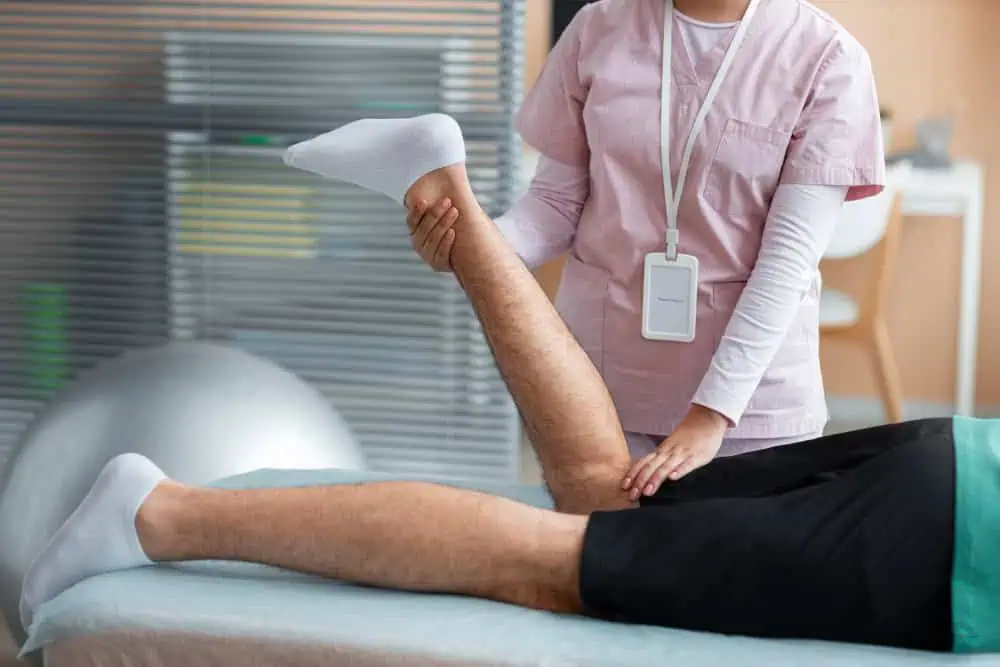
***Feet swelling during flight. This does not constitute medical advice. Contact your physician or call 911 if you suspect you have a medical problem***
Traveling can be an exciting experience, offering the chance to explore new destinations, cultures, and cuisines. However, for many travelers, especially those who find themselves on long-haul flights, experiencing swelling in the feet and ankles can be a less welcome part of the journey. This phenomenon, often referred to as travel edema, can lead to discomfort and concern. But why does this happen, and more importantly, how can you prevent it?
Why Do Feet and Ankles Swell When Flying?
The primary reason feet and ankles swell during flights is due to inactivity for extended periods, which can lead to a buildup of fluid in the tissues of your lower extremities. The cabin pressure in airplanes, combined with the fact that your feet are positioned below the level of your heart, exacerbates this condition, making it harder for blood and fluid to circulate back up your legs.
Another contributing factor is the dry air inside the cabin, which can lead to dehydration. Dehydration causes blood vessels to constrict, which can further impede blood flow and result in swelling.
Signs of Travel Edema
- Swollen feet and ankles: The most apparent sign of travel edema is noticeable swelling in your feet and ankles.
- Tightness or discomfort: Shoes and socks may feel tighter than usual, and you may experience discomfort when walking.
- Skin indentation: You might notice that your skin retains an indentation if you press on the swollen area for a few seconds.
How Can I Prevent Swelling on a Flight?
Fortunately, there are several strategies you can employ to minimize or prevent swelling in your feet and ankles when flying:
Stay Hydrated

Drink plenty of water before, during, and after your flight. Staying hydrated helps improve circulation and prevent blood vessels from narrowing.
Move Regularly

Take every opportunity to stand up, stretch, and walk around the cabin. Doing so will help stimulate blood flow and reduce the risk of swelling. If you can’t get up, try doing some simple foot exercises like rotating your ankles or flexing your feet back and forth.
Wear Compression Socks

Compression socks or stockings are designed to apply gentle pressure to your legs, promoting blood flow and reducing the risk of swelling and deep vein thrombosis (DVT).
Elevate Your Legs

When seated, try to elevate your legs by resting them on a bag under the seat in front of you or by using the footrest, if available. This can help reduce fluid buildup.
Avoid Tight Clothing

Wear loose-fitting, comfortable clothing and shoes to avoid constricting blood flow.
Limit Salt Intake

Avoid salty snacks and meals before and during your flight as salt can contribute to fluid retention.
When to Seek Medical Attention
While feet and ankle swelling during flights is usually harmless and temporary, it can sometimes be a sign of a more serious condition, such as deep vein thrombosis (DVT). If the swelling is accompanied by pain, redness, or warmth in the affected leg, or if it doesn’t subside after a day or two, consult a healthcare professional.
Conclusion
Feet and ankle swelling on planes is a common issue faced by travelers, but it doesn’t have to be a foregone conclusion. By understanding the causes and taking proactive steps to prevent it, you can ensure a more comfortable and enjoyable travel experience. Remember, if you’re concerned about swelling or its potential health implications, it’s always best to speak with a doctor before your next trip.
By incorporating these tips and staying mindful of your body’s needs, you can help make your next flight a more pleasant part of your travel adventure. Safe travels!




